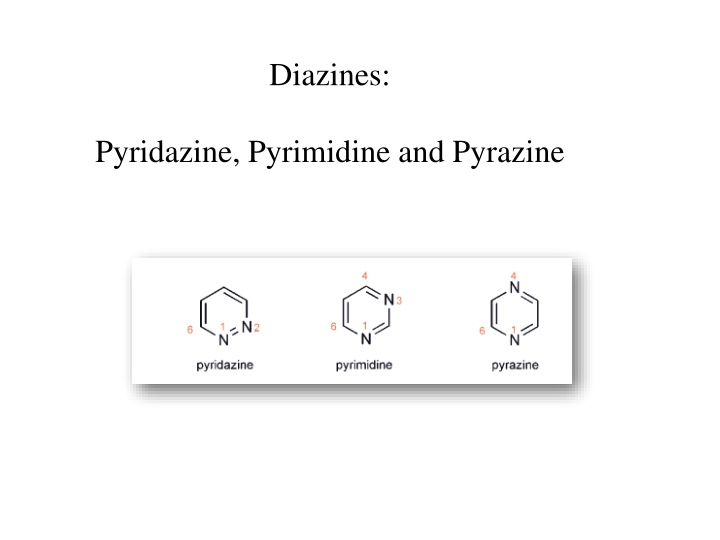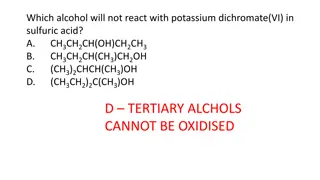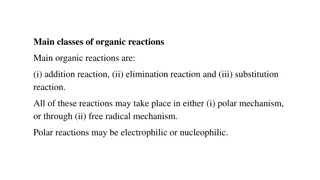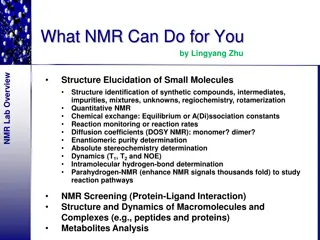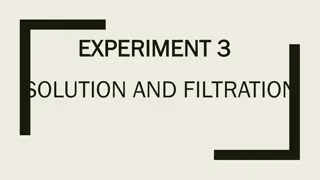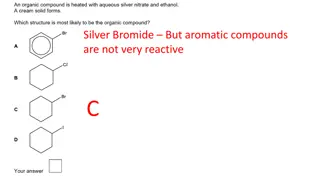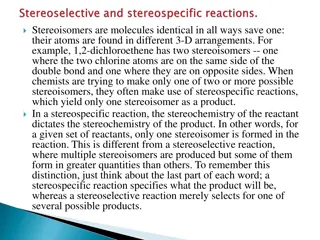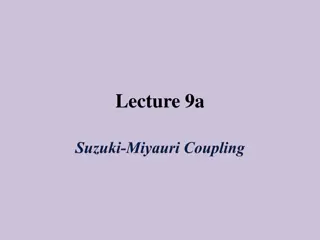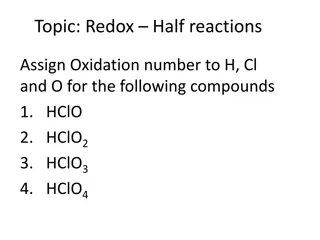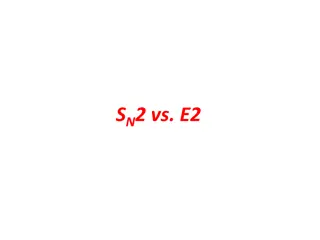Properties and Reactions of Diazines in Organic Chemistry
Diazines, including pyridazine, pyrimidine, and pyrazine, exhibit unique properties such as electron withdrawal by heteroatoms and varying reactivity towards electrophilic and nucleophilic attacks. Explore the distinct characteristics and reactions of diazines in organic chemistry.
Download Presentation

Please find below an Image/Link to download the presentation.
The content on the website is provided AS IS for your information and personal use only. It may not be sold, licensed, or shared on other websites without obtaining consent from the author.If you encounter any issues during the download, it is possible that the publisher has removed the file from their server.
You are allowed to download the files provided on this website for personal or commercial use, subject to the condition that they are used lawfully. All files are the property of their respective owners.
The content on the website is provided AS IS for your information and personal use only. It may not be sold, licensed, or shared on other websites without obtaining consent from the author.
E N D
Presentation Transcript
Diazines: Pyridazine, Pyrimidine and Pyrazine
1- Two heteroatoms withdraw electron density from the ring carbons even more than one in pyridine 2- unsubstituted diazines are even more resistant to electrophilic substitution than is pyridine 3- diazines more easily attacked by nucleophiles than pyridine 4- each of the diazines is appreciably less basic than pyridine, electrophilic additions take place at one nitrogen only, because the presence of the positive charge in the products renders the second nitrogen extremely unreactive towards a second electrophilic addition
All positions on each of the diazines, with the sole exception of the 5 - position of a pyrimidine, are and/or to an imine ring nitrogen and, in considering nucleophilic addition/substitution, the monohalo - diazines are more reactive than either 2 - or 4 - halo - pyridines pyrazine produce from 1,2 - diamine and a 1,2 - dicarbonyl compound generate unsymmetrica , or using 2 - aminocarbonyl compounds also generates symmetrically substituted
hydrazine and this in combination with 1,4 - dicarbonyl compounds readily produces dihydro - pyridazines Pyrimidines result from the interaction of a 1,3 - dicarbonyl component and an amidine
REACTIONS Alkylation Substitution at Carbon
